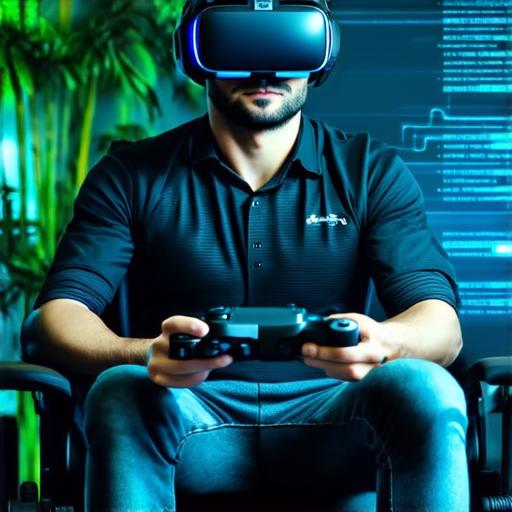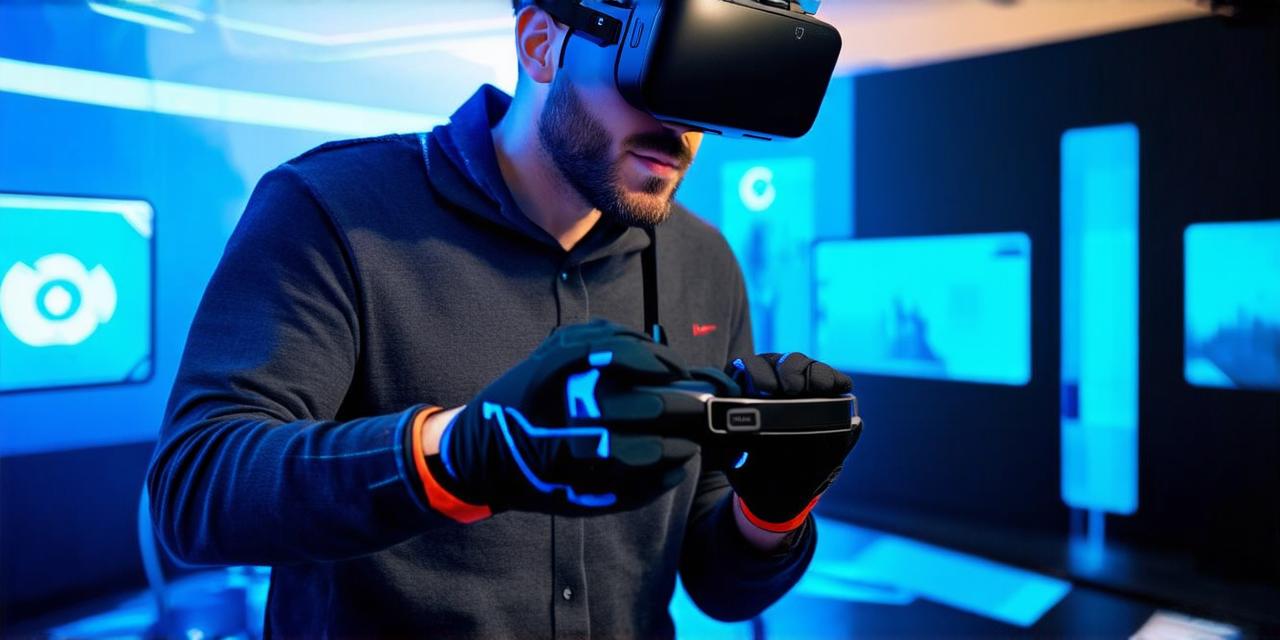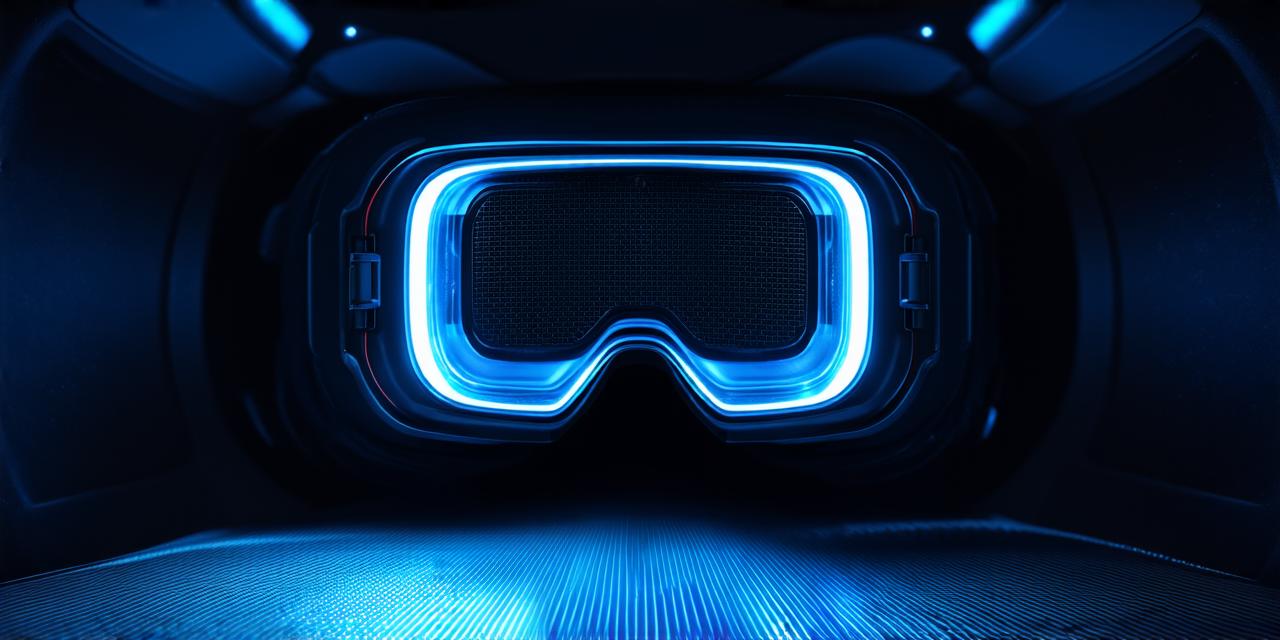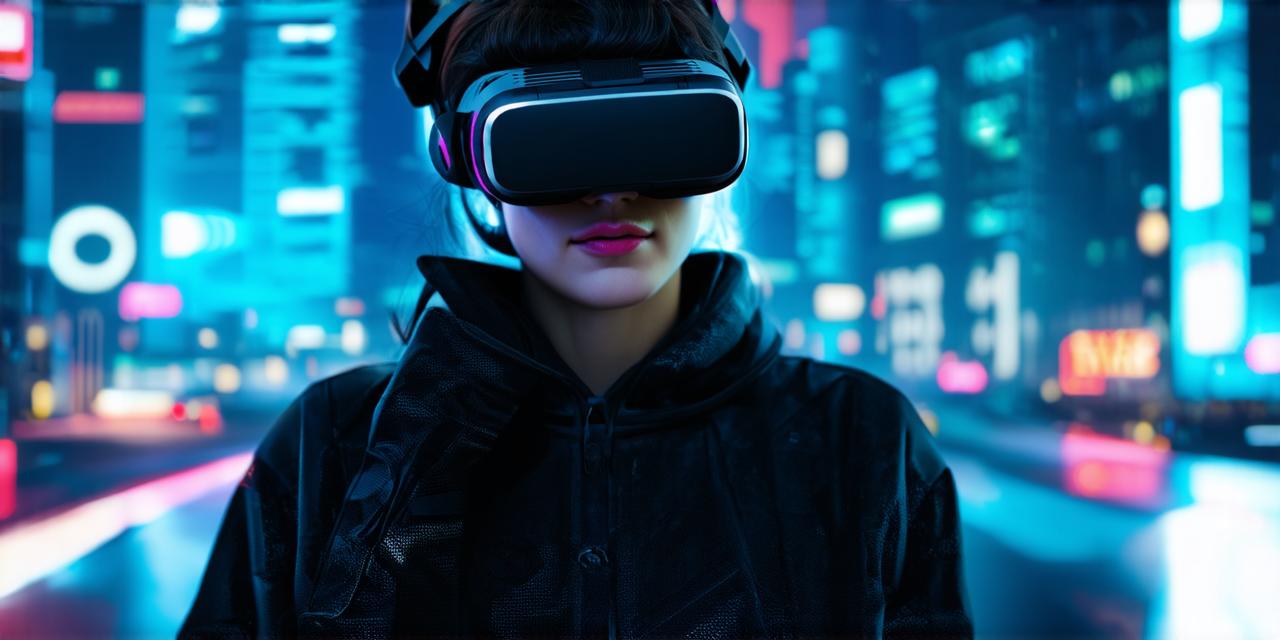Virtual Reality (VR) technology is rapidly evolving and has already transformed the way we interact with digital environments. With the advent of VR headsets and development platforms, more people are turning to this innovative technology for gaming, education, and business applications. However, developing successful virtual reality experiences requires a unique set of skills and knowledge. In this guide, we will explore the key strategies and techniques that can help you succeed in virtual reality development.
Understanding Your Target Audience
The first step to creating a successful VR experience is understanding your target audience. It’s crucial to know what motivates them, their preferences, and the level of immersion they desire. For example, gamers typically require high-quality graphics and fast response times, while educators may prefer more interactive and engaging content.
Research has shown that different age groups and genders have varying preferences when it comes to VR experiences. Children tend to prefer more immersive and interactive experiences, while adults may prefer educational or informative content. Gender also plays a role in VR preferences, with men typically more interested in action-based games and women more interested in social and collaborative experiences.
One effective way to understand your target audience is by conducting surveys and focus groups. These can provide valuable insights into their preferences, pain points, and expectations for VR experiences. Additionally, analyzing existing VR content and understanding what works well and what doesn’t can also help inform your development strategy.
Selecting the Right Development Platform
The choice of VR development platform depends on several factors such as the type of experience you want to create, your target audience, and your technical expertise. There are various VR development platforms available such as Unity, Unreal Engine, A-Frame, and WebVR.
Each platform has its strengths and weaknesses, so it’s important to select one that aligns with your project requirements.
Choosing the Right Hardware
The hardware used for VR development can also impact the success of your project. There are various VR headsets available such as Oculus Quest, HTC Vive, and PlayStation VR.
Each headset has its specifications and capabilities that affect the quality of your experience.
Designing an Immersive Experience
Creating an immersive VR experience requires careful planning and execution. It’s important to consider factors such as the environment, lighting, sound, and interaction design to create a realistic and engaging experience.
One effective way to design an immersive experience is by using 360-degree videos. These can provide a realistic sense of presence and immersion that can be difficult to achieve with traditional 2D content. Additionally, incorporating realistic lighting and sound effects can also help enhance the overall experience.
Interaction Design is another critical aspect of VR development. Providing intuitive and natural interactions can make your experience more enjoyable and engaging. For example, using hand gestures or voice commands to interact with virtual objects can make the experience feel more realistic and immersive.
Optimizing for Performance
Performance is a crucial factor in VR development. A slow or laggy experience can cause motion sickness and reduce user engagement. To optimize performance, it’s important to consider factors such as graphics quality, frame rate, and rendering distance.
Reducing the number of polygons in your models and optimizing textures can help improve graphics quality. Lowering the frame rate can also help reduce motion sickness, but it should be done carefully as too low a frame rate can cause stuttering. Increasing the rendering distance can also improve performance, but it requires more powerful hardware.
Testing and Iteration
Testing and iteration are essential components of VR development. Testing your experience with real users can provide valuable feedback on areas that need improvement. Additionally, iterating on your design based on user feedback can help refine the overall experience.
One effective way to test your experience is by using a VR development platform’s built-in testing tools. These tools allow you to test your experience with different hardware configurations and settings. Additionally, conducting user studies and surveys can provide valuable insights into user preferences and pain points.
FAQs
Virtual Reality (VR) technology is rapidly evolving and offers endless possibilities for gaming, education, and business applications. However, developing successful VR experiences requires a unique set of skills and knowledge. By understanding your target audience, selecting the right development platform and hardware, designing an immersive experience, optimizing for performance, and testing and iterating on your design, you can create a successful VR experience that engages and entertains users.
1. What are the key factors that contribute to a successful virtual reality experience?
Understanding your target audience, selecting the right development platform, choosing the right hardware, designing an immersive experience, optimizing for performance, and testing and iteration.
1. How can I understand my target audience in VR development?
Conducting surveys and focus groups, analyzing existing VR content, and understanding what works well and what doesn’t.
1. Which VR development platform is best for game development?
Unity is a popular choice for game development due to its ease of use and extensive library of assets.
1. What are the key specifications to consider when selecting a VR headset?
Graphics quality, motion tracking capabilities, field of view, and resolution.
1. How can I optimize performance in VR development?
Reducing the number of polygons in your models, optimizing textures, lowering the frame rate, and increasing the rendering distance.
1. What are some effective testing methods for VR experiences?
Using built-in testing tools on VR development platforms, conducting user studies and surveys, and testing with real users.





